Hygge Revolution: Why Cozy Contracts Matter
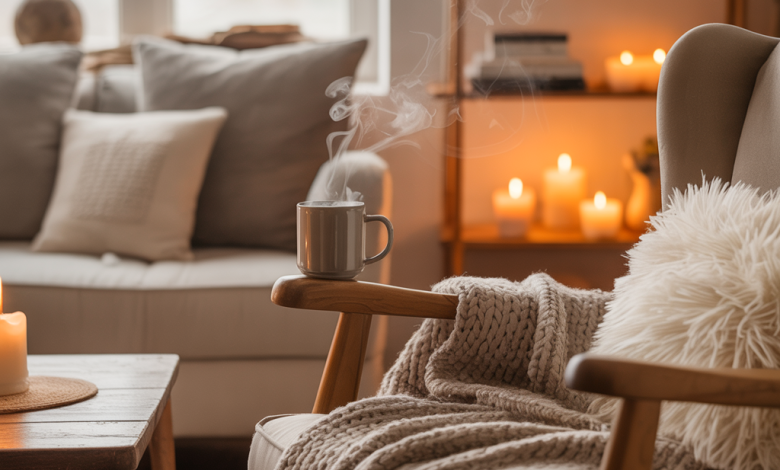
INTRODUCTION
The concept of hygge is transforming how people approach comfort, happiness, and connection in their daily lives. Rooted in Danish culture, hygge is more than just a design trend or a fleeting social media buzzword—it’s a philosophy that values warmth, togetherness, and the enjoyment of life’s simple pleasures. In a world that often feels rushed and overwhelming, many are turning to hygge as a way to slow down, create meaningful moments, and foster genuine relationships.
At the heart of this movement is the idea of cozy contracts—simple, heartfelt agreements that help people set clear expectations while nurturing trust and comfort. These contracts aren’t about strict rules or legal language; instead, they focus on kindness, flexibility, and mutual respect.
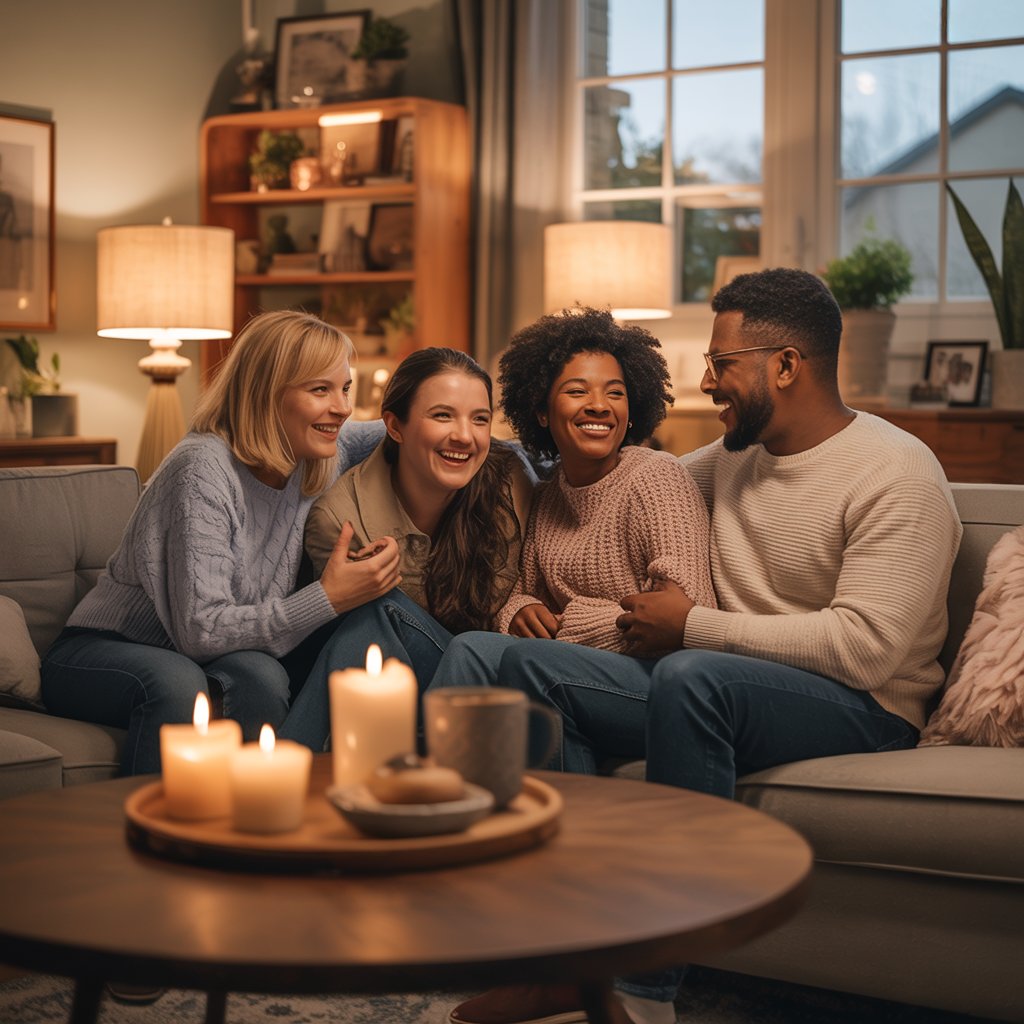
Whether at home, work, or within the community, cozy contracts encourage open communication and shared responsibility, making everyday interactions smoother and more enjoyable.
Embracing hygge means intentionally designing your environment and routines to promote relaxation and well-being. It’s about lighting a candle on a rainy evening, sharing laughter with friends over a homemade meal, or simply taking a moment to appreciate the warmth of a soft blanket. This approach helps people feel safe, valued, and connected, even during challenging times. As more individuals seek ways to reduce stress and find joy in the ordinary, the appeal of hygge and cozy contracts continues to grow, offering a practical path to a happier, more harmonious life.
What Is Hygge?
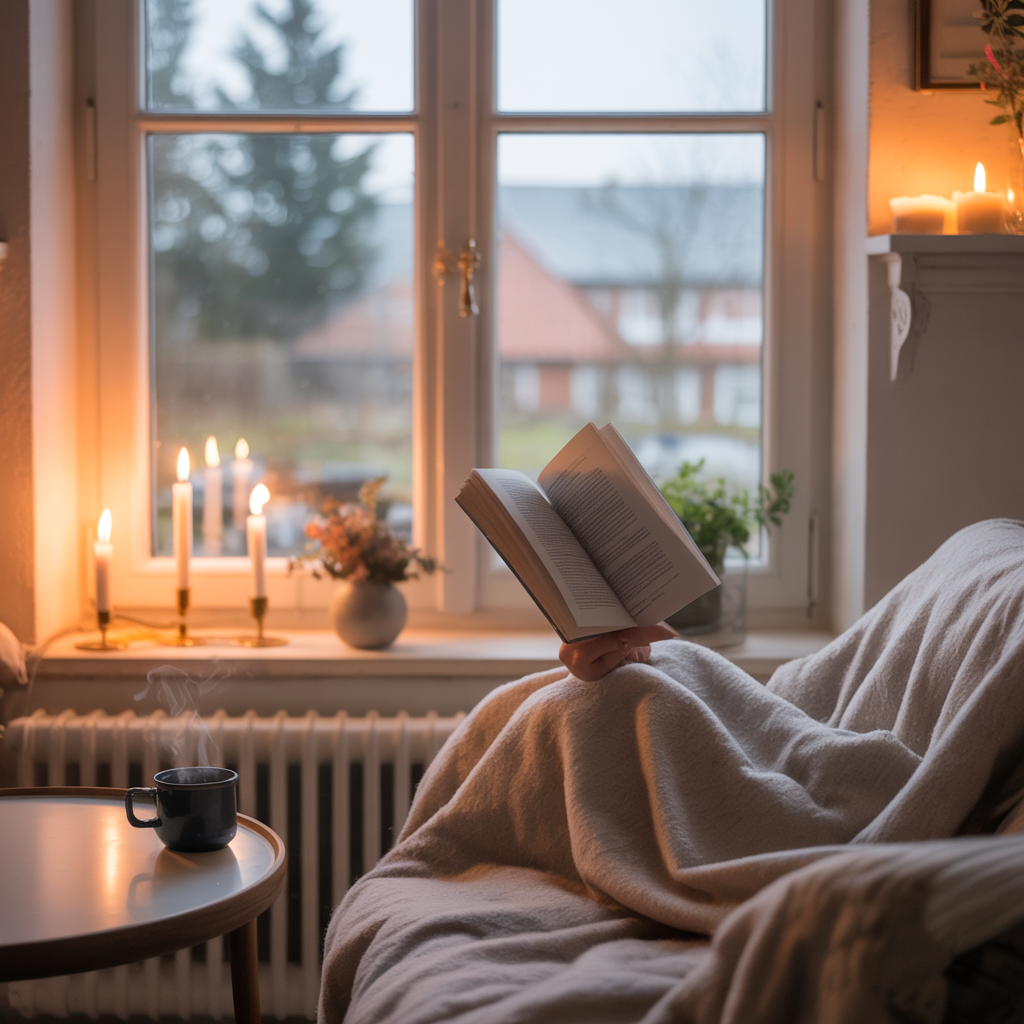
Hygge (pronounced “hoo-gah”) is about embracing coziness and contentment in everyday life. Originating from Denmark, it means creating a warm atmosphere and enjoying the good things in life with good people. It encourages slowing down, appreciating small moments, and feeling safe and relaxed in your environment.
Key Elements of Hygge
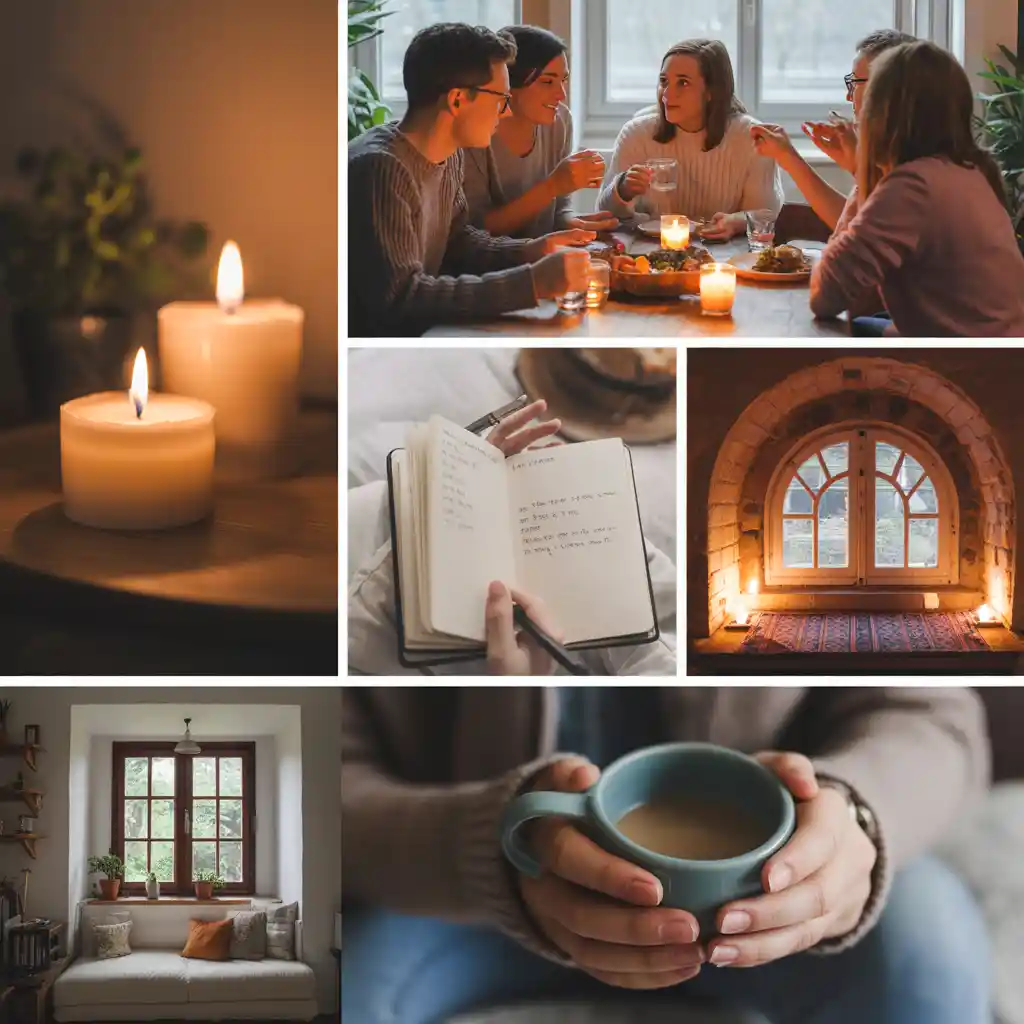
- Warmth: Goes beyond physical warmth to include emotional warmth. Soft lighting, such as candles or fairy lights, creates a gentle ambiance. Warm colors and natural materials like wood, wool, and cotton add comfort.
- Togetherness: Emphasizes spending quality time with loved ones, such as sharing meals or having heartfelt conversations. The focus is on genuine connection and belonging.
- Simplicity: Celebrates the beauty of simple pleasures—savoring a cup of tea, reading a good book, or enjoying a quiet walk.
- Mindfulness: Being present and fully engaged in the moment helps reduce stress and increase happiness.
- Comfort: Creating spaces and routines that feel safe and inviting, including cozy furniture and soft textiles.
How Hygge Differs from Other Trends
| Aspect | Hygge | Minimalism | Lagom (Sweden) |
|---|---|---|---|
| Focus | Comfort, coziness, emotional warmth | Less is more, decluttering | Balance, moderation, sustainability |
| Social aspect | Togetherness, shared experiences | Individual simplicity | Community and social balance |
| Key elements | Warmth, comfort, joy | Declutter, essentials | Not too much, not too little |
| Typical activities | Candlelit dinners, board games | Organizing, donating, simplifying | Fika (coffee breaks), shared meals |
| Emotional impact | Contentment, security, belonging | Calm, clarity | Satisfaction, harmony |
The Role of Cozy Contracts

Cozy contracts are informal, friendly agreements designed to set clear expectations while maintaining warmth and trust. They are a practical tool to bring hygge principles into relationships and communities by fostering understanding and reducing conflict.
What Makes a Contract “Cozy”?
- Simple Language: Avoids legal jargon or complicated terms, using everyday words.
- Friendly Tone: Warm and respectful, focusing on kindness and mutual respect.
- Flexibility: Adaptable and can be revised as circumstances change.
- Mutual Benefit: Created with input from all parties, ensuring everyone’s needs are considered.
Types of Cozy Contracts
| Setting | Example Cozy Contract | Benefits |
|---|---|---|
| Family | Screen time limits, shared chores, meal planning | Reduces conflict, builds teamwork |
| Workplace | Break schedules, communication guidelines, remote work rules | Boosts morale, increases productivity |
| Friendships | Honesty pacts, support agreements, event planning | Strengthens trust, prevents misunderstandings |
| Community | Neighborhood watch, shared garden rules, event planning | Fosters cooperation, builds community |
Benefits of Cozy Contracts

- Clear Communication: Reduces misunderstandings and confusion.
- Trust Building: Strengthens bonds and creates a safe space for openness.
- Stress Reduction: Helps avoid conflicts and promotes peace of mind.
- Flexibility: Can be adjusted as needed to maintain harmony.
- Empowerment: Everyone has a voice in creating the contract.
- Consistency: Predictable routines and expectations create stability.
Examples of Cozy Contracts
Family Example
- Screen Time: No screens during meals. Family game night every Friday.
- Chores: Each member chooses a weekly chore, rotating responsibilities.
- Communication: Use kind words and listen actively. Share one positive thing about your day at dinner.
Workplace Example
- Breaks: Everyone takes a 10-minute break every two hours.
- Meetings: Start and end on time. Ensure everyone can contribute.
- Remote Work: Cameras optional. Respect time zones and personal boundaries.
Friendship Example
- Support: Check in weekly to maintain connection.
- Honesty: Share feelings openly but kindly.
- Events: Plan outings together, respecting everyone’s budget.
Community Example
- Shared Spaces: Clean up after using communal areas.
- Events: Rotate event planning among neighbors.
- Safety: Watch out for each other’s homes when someone is away.
Why Cozy Living Is Popular Again
In today’s fast-paced, often stressful world, many people feel overwhelmed and disconnected. This lifestyle offers a way to slow down and find joy in simple pleasures. Cozy contracts fit perfectly because they promote harmony and understanding without pressure.
Reasons for the Comeback
- Increased Stress: Modern life’s demands have increased stress levels, making people crave comfort and calm.
- Remote Work: More time at home has shifted focus to creating a cozy, welcoming environment.
- Social Disconnection: Digital communication can feel isolating; this approach encourages real, face-to-face connection.
- Mental Health Awareness: Growing awareness of mental health has led people to seek ways to reduce anxiety and boost happiness.
How the Movement Spreads
- Social Media: People share photos and stories of their cozy spaces and routines.
- Books and TV: Popular media highlight this way of living.
- Workshops and Events: Community gatherings teach these principles and encourage practice.
How to Bring Cozy Comfort into Your Life
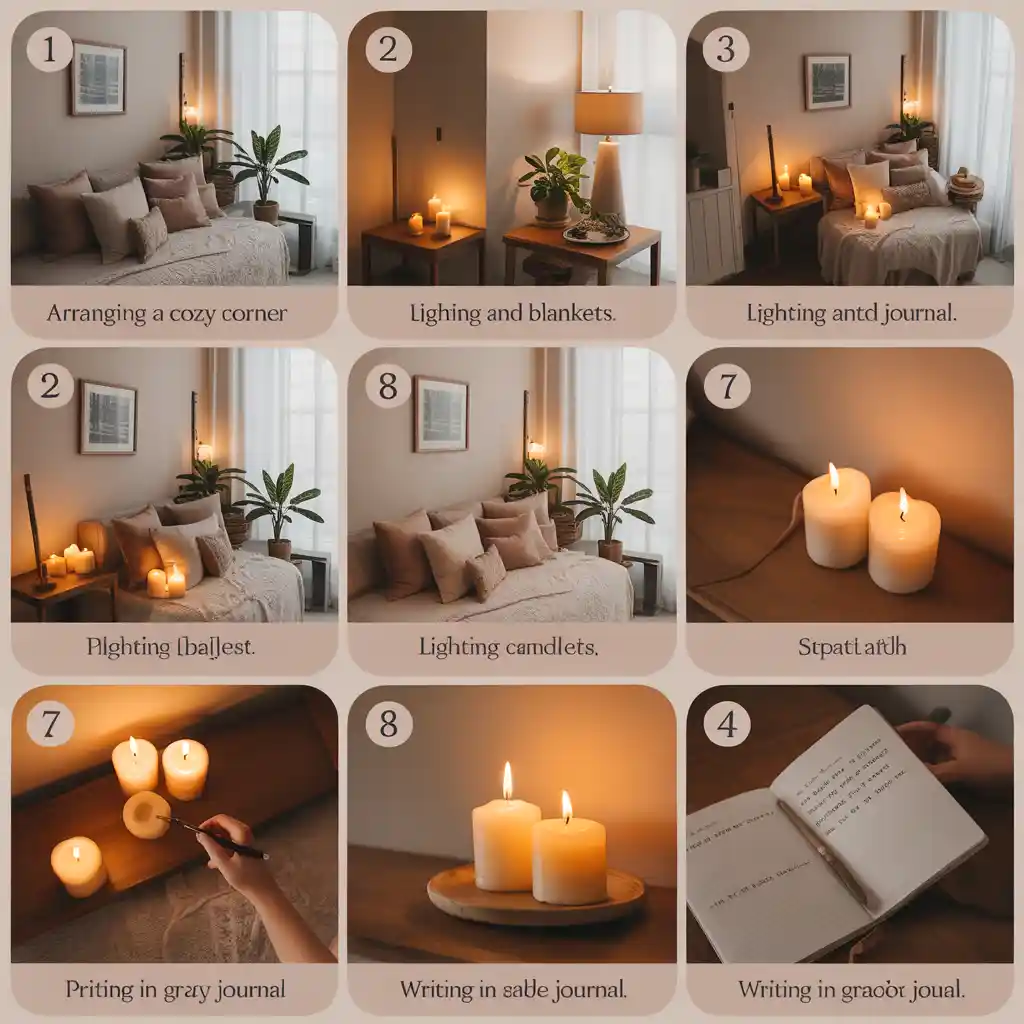
Create a Cozy Space
- Use soft lighting like candles, fairy lights, or lamps with warm bulbs.
- Add comfortable blankets, cushions, and rugs made from natural materials.
- Choose warm colors such as soft browns, creams, and muted oranges.
- Display personal items that bring joy, like family photos or handmade crafts.
- Keep clutter to a minimum for a peaceful atmosphere.
Practice Mindfulness and Gratitude
- Enjoy meals slowly, savoring flavors and company.
- Focus on the present moment by putting away distractions.
- Appreciate small joys such as a warm drink or a good book.
- Keep a gratitude journal to note things you are thankful for.
- Practice deep breathing or meditation to relax.
Use Cozy Contracts to Improve Relationships
- Talk openly about needs, expectations, and boundaries.
- Write down simple agreements to avoid misunderstandings.
- Review and adjust contracts regularly.
- Encourage everyone to contribute ideas.
- Celebrate successes when agreements work well.
The Power of Cozy Living in Mental Health
This lifestyle supports mental well-being by encouraging relaxation, connection, and a sense of safety. Cozy contracts reduce anxiety by creating predictable, safe environments where people feel valued and secure.
How Cozy Living Supports Mental Health
- Reduces Anxiety: Predictable routines and cozy spaces help lower stress.
- Boosts Happiness: Enjoying small pleasures regularly increases satisfaction.
- Strengthens Relationships: Cozy contracts and shared experiences build strong support networks.
- Encourages Self-Care: Taking time for comfort, rest, and relaxation improves health.
Tips for Using Cozy Living for Mental Health
- Set aside daily time for a cozy activity like reading or sipping tea.
- Use cozy contracts to set boundaries that protect your time and energy.
- Reach out to friends and family for support.
- Create a calming bedtime routine to improve sleep quality.
Quotes and Highlighted Tips
Inspirational Quotes
- “Hygge is more than just a design trend or a fleeting social media buzzword—it’s a philosophy that values warmth, togetherness, and the enjoyment of life’s simple pleasures.”
- “At the heart of this movement is the idea of cozy contracts—simple, heartfelt agreements that help people set clear expectations while nurturing trust and comfort.”
- “Embracing hygge means intentionally designing your environment and routines to promote relaxation and well-being.”
- “This approach helps people feel safe, valued, and connected, even during challenging times.”
- “The hygge lifestyle is a practical path to a happier, more harmonious life.”
- “Cozy contracts encourage open communication and shared responsibility, making everyday interactions smoother and more enjoyable.”
- “Hygge encourages routines and environments that reduce anxiety, promote relaxation, and foster supportive relationships, all of which benefit mental health.”
Highlighted Tips
Creating a Cozy Space
- Use soft lighting like candles, fairy lights, or lamps with warm bulbs to create a gentle glow.
- Add comfortable blankets, cushions, and rugs made from natural materials such as wool or cotton.
- Choose warm colors such as soft browns, creams, and muted oranges to evoke comfort.
- Display personal items that bring joy, like family photos or handmade crafts.
- Keep clutter to a minimum to maintain a peaceful, calming atmosphere.
Practicing Mindfulness and Gratitude
- Take time to enjoy meals slowly, savoring flavors and company.
- Focus on the present moment by putting away distractions like phones or TV.
- Appreciate small joys such as a warm drink, a good book, or a quiet moment.
- Keep a gratitude journal to regularly note things you are thankful for.
- Practice deep breathing or meditation to reduce stress and increase calm.
Using Cozy Contracts to Improve Relationships
- Talk openly about needs, expectations, and boundaries with family, friends, or coworkers.
- Write down simple agreements to avoid misunderstandings and keep everyone on the same page.
- Review and adjust contracts regularly to ensure they remain comfortable and relevant.
- Encourage everyone involved to contribute ideas and feel heard.
- Celebrate successes and positive outcomes when agreements work well.
Tips for Using Hygge for Mental Health
- Set aside daily time for a cozy activity like reading, knitting, or sipping tea.
- Use cozy contracts to set boundaries that protect your time and energy.
- Reach out to friends and family for support and connection.
- Create a calming bedtime routine to improve sleep quality.
These quotes and tips provide a clear guide to understanding and applying the principles of hygge and cozy contracts for a more comfortable, connected, and joyful life.
Frequently Asked Questions (FAQs)
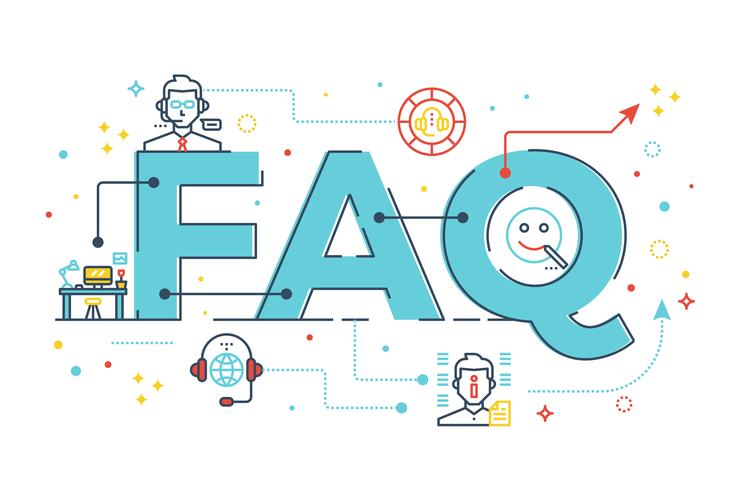
1. What does “hygge” mean?
Hygge is a Danish word that describes a feeling of coziness, comfort, and contentment, often enjoyed with loved ones in a warm, inviting atmosphere.
2. How do cozy contracts work?
Cozy contracts are informal agreements that set clear expectations in a friendly, flexible way. They help reduce misunderstandings and build trust in relationships.
3. Can cozy contracts be used at work?
Yes, cozy contracts can improve workplace culture by encouraging open communication, respect, and clear guidelines for collaboration and breaks.
4. What are some examples of cozy contracts at home?
Examples include agreements about screen time, shared chores, family meal routines, and ways to communicate kindly with each other.
5. Why is hygge becoming popular again?
People are seeking comfort and connection in a fast-paced, stressful world. Hygge offers a way to slow down, enjoy simple pleasures, and strengthen relationships.
6. How can I make my space more hygge?
Use soft lighting, warm colors, comfortable textiles, and personal touches like photos or handmade items. Keep spaces tidy and inviting.
7. Is hygge only about home decor?
No, hygge is a lifestyle that includes how you spend time, connect with others, and care for your well-being—not just how your home looks.
8. How does hygge support mental health?
Hygge encourages routines and environments that reduce anxiety, promote relaxation, and foster supportive relationships, all of which benefit mental health.
Conclusion
This movement is more than a trend—it’s a lifestyle choice that brings more comfort, trust, and happiness into everyday life. Cozy contracts are a powerful tool, helping people build warm, supportive relationships and enjoy life’s simple pleasures. Embrace this approach today and transform your daily routine into a cozy, joyful experience.




